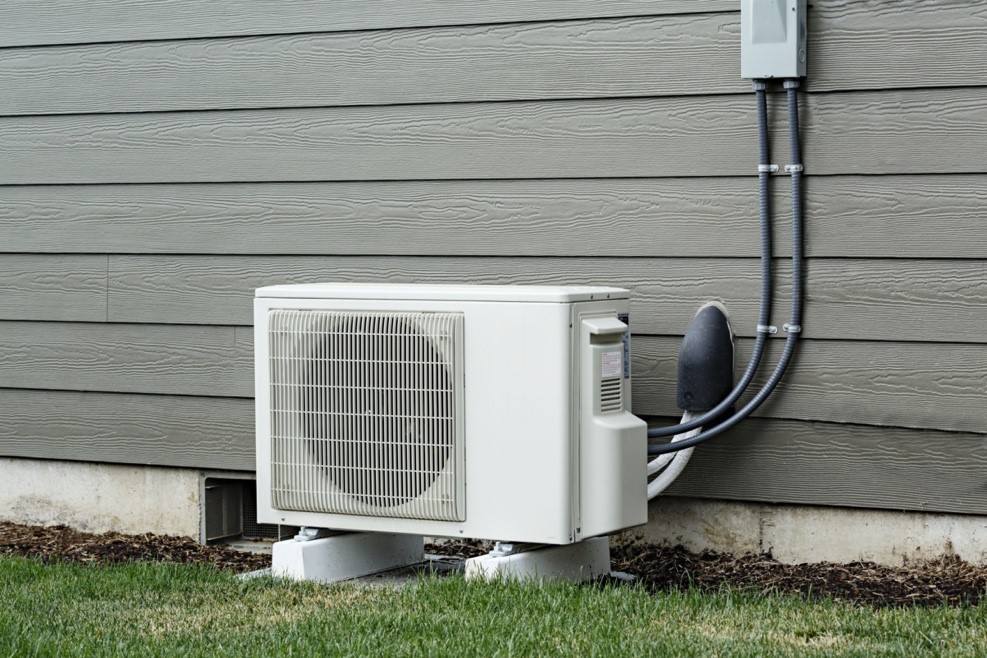 Unlike a furnace, a heat pump doesn’t burn fuel to make heat, as it’s powered by electricity. During the summer it acts like an air conditioner and works by moving heat from the inside of your home to the outside. In winter, the heat pump reverses this by bringing in heat from the cold outdoors with the help of an electrical system, and discharging that heat inside the house. Almost all heat pumps use forced warm-air delivery systems to move heated air throughout the house. A heat pump is an energy efficient way to cool your home in the summer and heat it in the winter.
Unlike a furnace, a heat pump doesn’t burn fuel to make heat, as it’s powered by electricity. During the summer it acts like an air conditioner and works by moving heat from the inside of your home to the outside. In winter, the heat pump reverses this by bringing in heat from the cold outdoors with the help of an electrical system, and discharging that heat inside the house. Almost all heat pumps use forced warm-air delivery systems to move heated air throughout the house. A heat pump is an energy efficient way to cool your home in the summer and heat it in the winter.
A heat pump extracts energy from the air (even at freezing temperatures) and transform it by a method called vapor compression refrigeration to heat, providing temperatures of up to sixty degrees Celsius to heat water, floors and radiators. They’re emission-free (so long as they don’t leak the refrigerant cooler) and thus eco-friendly. They’re also low maintenance, relatively quiet and cost effective, no matter what brand you buy.
Heat Pump Efficiency:
The Seasonal Energy Efficiency Ratio (SEER) is the measure of efficiency by which the cooling process of air conditioner and heat pump systems is rated. The higher the SEER number, the greater the efficiency, and therefore the greater the energy savings. Today, U.S. regulatory agencies require all new products to have a 13.0 SEER rating or better. The highest SEER rating for heat pumps is 20.0.
